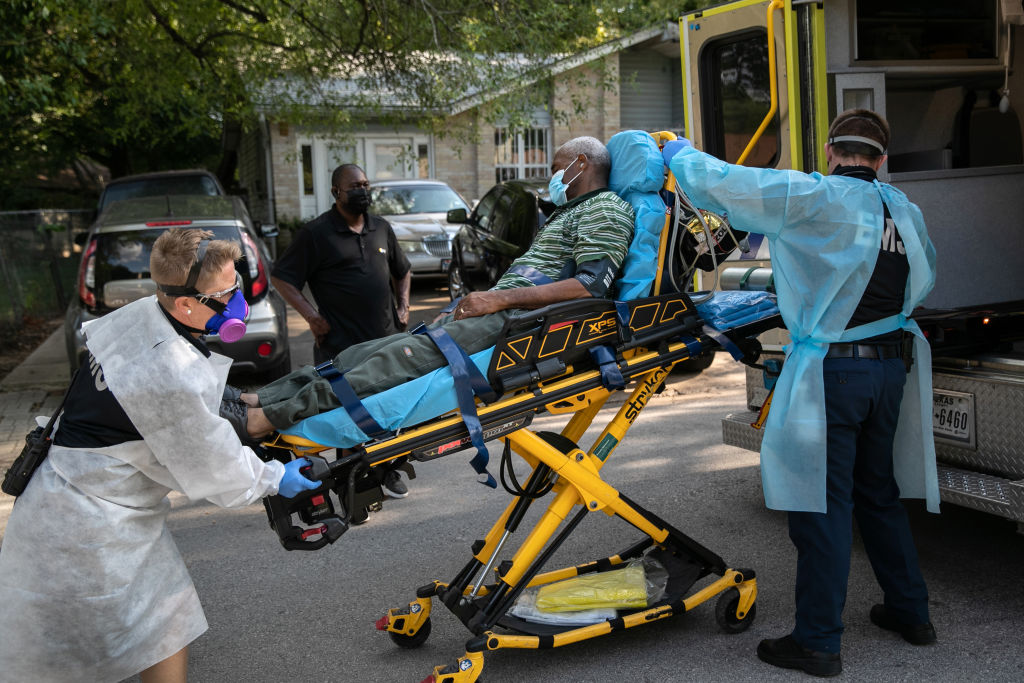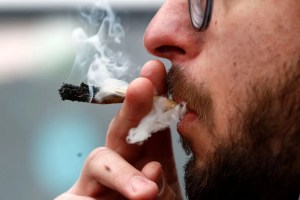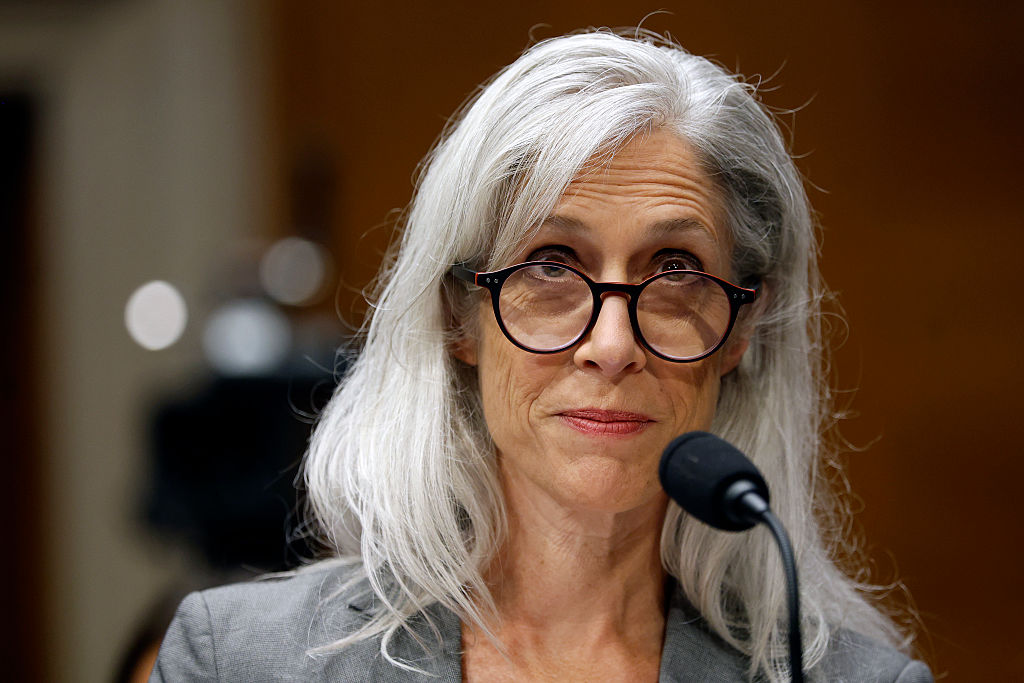Only part of the dramatic racial differences in age-adjusted COVID-19 death rates can be explained by racial differences. The remainder reflects a substantially lower black survival rate because, we are told, of poverty and inadequate access to healthcare. Once taking into account Latino outcomes, however, these factors alone are unlikely to explain the lower black survival rate. Why are the outcomes for Latinos so much better than for black Americans?
There is no comprehensive national measure of cases by race and ethnicity. The CDC has estimates for only 57 percent of national cases. Using these partial estimates, together with population data, I estimated that the black case rate is 2.53 times the white rate, and the Latino rate is 11.4 percent higher than the black rate. The New York Times used a subset of county data and found the black case rate to be 2.7 times the white rate; and the Latino rate to be 17.7 percent higher than the black rate. The Times’s estimates were based on data only through May. As a result, they didn’t take into account the more recent case spike that included relatively more white cases than the earlier data. This probably explains why my estimates have lower black-white and Latino-white case-rate multiples.
This is the New York Times’s explanation for why the black American and Latino infection rates are 2.5 to 3 times higher than white Americans:
‘Across the country, 43 percent of Black and Latino workers are employed in service or production jobs that for the most part cannot be done remotely, census data from 2018 shows. Only about one in four white workers held such jobs. Also, Latino people are twice as likely to reside in a crowded dwelling — less than 500 square feet per person — as white people, according to the American Housing Survey.’
The age-adjusted black death rate is 3.74 times the white rate (99.4 versus 26.6); well above the black case-rate multiple, indicating a lower black than white case survival rate. As long as the focus is solely on the black-white differential, the poverty and poor access to healthcare explanations seem credible. This was the view offered in an open letter signed by 1,200 healthcare professionals:
‘Black people suffer from dramatic health disparities in life expectancy, maternal and infant mortality, chronic medical conditions, and outcomes from acute illnesses like myocardial infarction and sepsis… They result from long-standing systems of oppression and bias which have subjected people of color to discrimination in the healthcare setting, decreased access to medical care… and the toxic effects of stress. Black people are also more likely to develop COVID-19. Black people with COVID-19 are diagnosed later in the disease course and have a higher rate of hospitalization, mechanical ventilation, and death. COVID-19 among Black patients is yet another lethal manifestation of white supremacy.’
While these factors may explain the higher black case rate, they do not explain the lower black survival rate once we look at the Latino experience. Besides Latinos having a higher case rate, the Latino age-adjusted hospitalization rate is almost identical to the black rate. However, the age-adjusted black death rate is 47 percent higher than the Latino rate (99.4 versus 67.5), indicating Latinos have a much higher survival rate than black Americans even after taking age into account.
How to explain these outcomes for Latinos? Latino poverty is no less than black poverty, and Latino access to quality healthcare is no better than for black Americans. As a comprehensive hospital study verified, it is differential rates of obesity, diabetes and hypertension that help to explain different survival rates.
The CDC estimated that the prevalence of obesity is only 11.3 percent higher among black Americans than Latinos. However, another study found that 14.6 percent of adult black Americans suffer from extreme obesity compared to 9.7 percent of Latinos. A Medicare survey found that black enrollees were 17.5 percent more likely to have diabetes than Latino enrollees. A CDC study estimated the prevalence of eleven chronic diseases among the elderly. Across these measures, among 65- and among 75-year-olds, black Americans averaged, respectively, 30 and 24 percent higher rates than Latinos.
Southern fried cooking continued to be a very unhealthy staple in many black families throughout the 20th century. While the younger black generation may eat healthier, it is their parents and grandparents who have been dying from higher rates of comorbidities, at least partially the result of past dietary patterns.
[special_offer]
Higher prevalence of comorbidities may also reflect the impact of male paid employment differences. Latino men sustain high employment rates while black male joblessness is chronic. It robs too many black men of their dignity and their ability to maintain stable family relationships. A liberal sociologist coined the phrase ‘family-go-round’ to describe the resulting sequential partnering that is widespread in the black community, creating interpersonal stresses.
Joblessness and fragile families also can create a sense of hopelessness. Cornel West has argued that violent behaviors reflect ‘the monumental eclipse of hope, the unprecedented collapse of meaning, the incredible disregard for human (especially black) life and property in much of black America’. Melissa Kearney and Phillip Levine claimed that a ‘culture of despair’ underpinned high black teen pregnancy rates. If hopelessness can lead to violent behaviors and poorly timed childbearing choices, surely it can lead many to engage in persistent unhealthy lifestyle choices: drug and alcohol abuse, unhealthy diets, and other choices that adversely affect long-term health?
We should improve the delivery of healthcare to black Americans. The quality of physicians in hospitals located in black neighborhoods must be improved; and studies show that having more black doctors will improve the share of black patients who will take preventive measures to improve their wellbeing. These efforts may not, however, substantially reduce black comorbidities unless there are also significantly improvements in black male employment and black family stability. If we create a better, more hopeful environment, people will make more responsible health-related decisions.

























